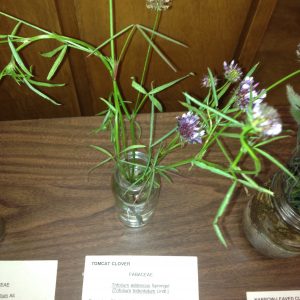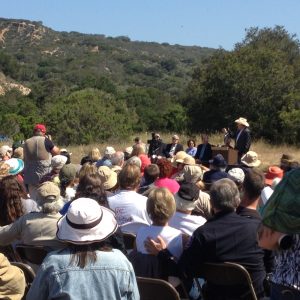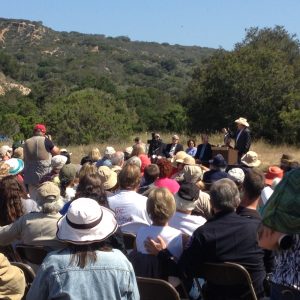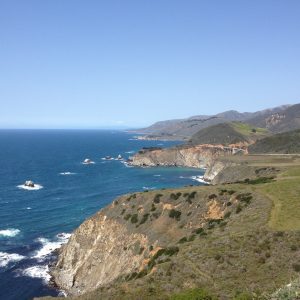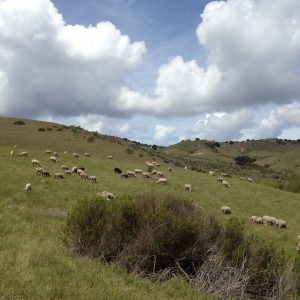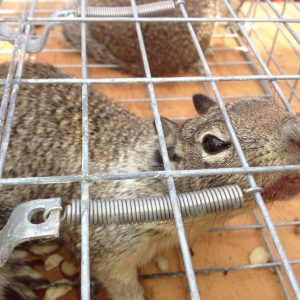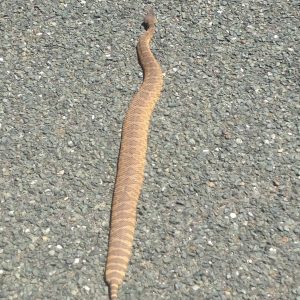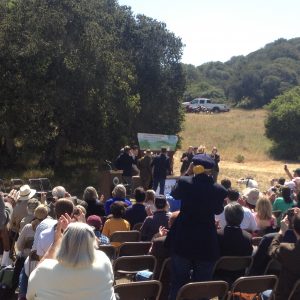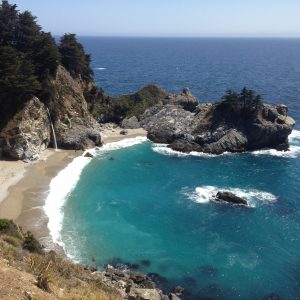Midway through June it’s finally beginning to feel like summer is truly here, especially now that I’ve managed to have several full field days. Last month I put on my environmental educator hat and helped out with a few projects outside of the botany realm I normally work in – first by leading a group of Junior High students through a series of activities to monitor water quality, and then a few weeks later by helping to prepare a poster and presentation about sage-grouse for a Migratory Bird Day walk. It was fun to work on something different, and great to introduce some young(er) people to how much fun field work can be.
After these interesting non-botany projects, I also got to start in on the 2012 field season plant work. We put in a few new plots and read old plots to monitor Astragalus debequaeus, Penstemon grahamii, Physaria obcordata, and Physaria congesta. It’s been a dry year in Colorado, so the Astragalus debequaeus especially seems to be struggling, but we’re hopeful that they’ll bounce back next year. That monitoring was particularly interesting, because A. debequaeus is a new species for me. The others were fun, in familiar scenery and with some familiar faces that I met during the monitoring trips last year.
Finally, Darnisha, the new CLM intern in our office, arrived this week. This means that we have a great excuse to begin SOS, and have been out scouting. We’ve identified several nice looking populations, and are hopeful that this will be a good collection year.
Hooray summer!
Sama Winder
BLM CO State Office


